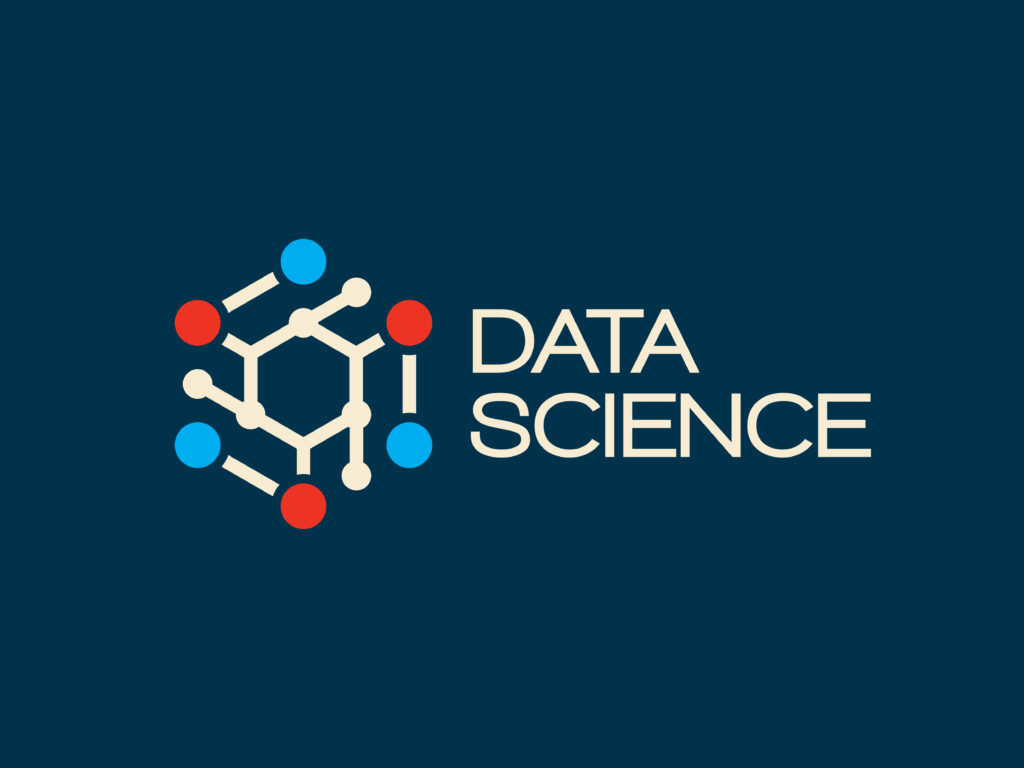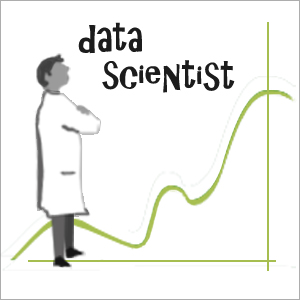Welcome to insideBIGDATA’s Data Science 101 channel brining you perspectives for the topics of the day in data science, machine learning, AI and deep learning. Many of the video presentations come from my lectures for my Introduction to Data Science class I teach at UCLA Extension. In today’s slide-based video presentation I discuss The Data Science Process, an overview of the steps that data scientists use solving problems with data science and machine learning technologies.
insideBIGDATA “Ask a Data Scientist” Series
Welcome to the series of articles sponsored by Intel – “Ask a Data Scientist” from insideBIGDATA’s popular Data Science 101 channel. These articles constitute many of our site’s most popular resources for newbie data scientists. The 12 articles listed below were from reader submitted questions of varying levels of technical detail and answered by a practicing data scientist – sometimes by me and other times by an Intel data scientist.
Data Science 101: Handling Missing Data (Revisited)
I recently received the following question on data science methods from an avid reader of insideBIGDATA who hails from Taiwan. I think the topics are very relevant to many folks in our audience so I decided to run it here in our Data Science 101 channel. The issue of missing data is one most data scientists see quite frequently.
Data Science 101: General Learning Algorithms
In the presentation below, Dr. Demis Hassabis from Google DeepMind delivered a talk on “General Learning Algorithms” to the Royal Society in London on May 22, 2015. Hassabis was the co-founder and CEO of DeepMind, a neuroscience-inspired AI company, bought by Google in Jan 2014.
Becoming a Data Scientist
Here is a compelling interview with data scientist Will Kurt, courtesy of the Becoming a Data Scientist Podcast series. Kurt talks about his path from English & Literature and Library & Information Science degrees to becoming the Lead Data Scientist at KISSmetrics.
Data Science 101: Using Statistics to Predict AB Testing
The talk below presents simple methods that can accurately predict future performance from AB test results, and that allow you to determine the smallest acceptable sample size. Using four years of AB testing data, you’ll see how these methods really work.
Ask a Data Scientist: Handling Missing Data
Welcome back to our series of articles sponsored by Intel – “Ask a Data Scientist.” This week’s question is from a reader who seeks a discussion of missing data handling methods such as imputation.








